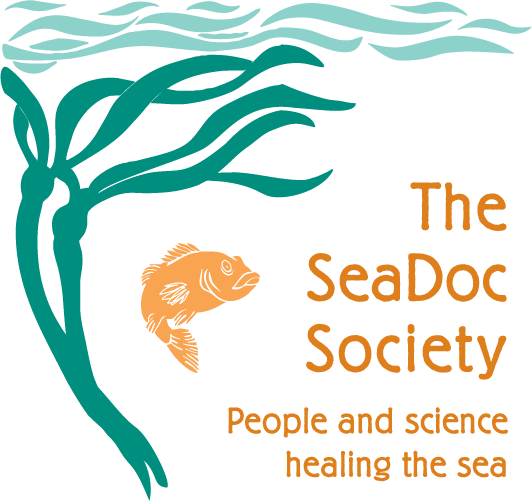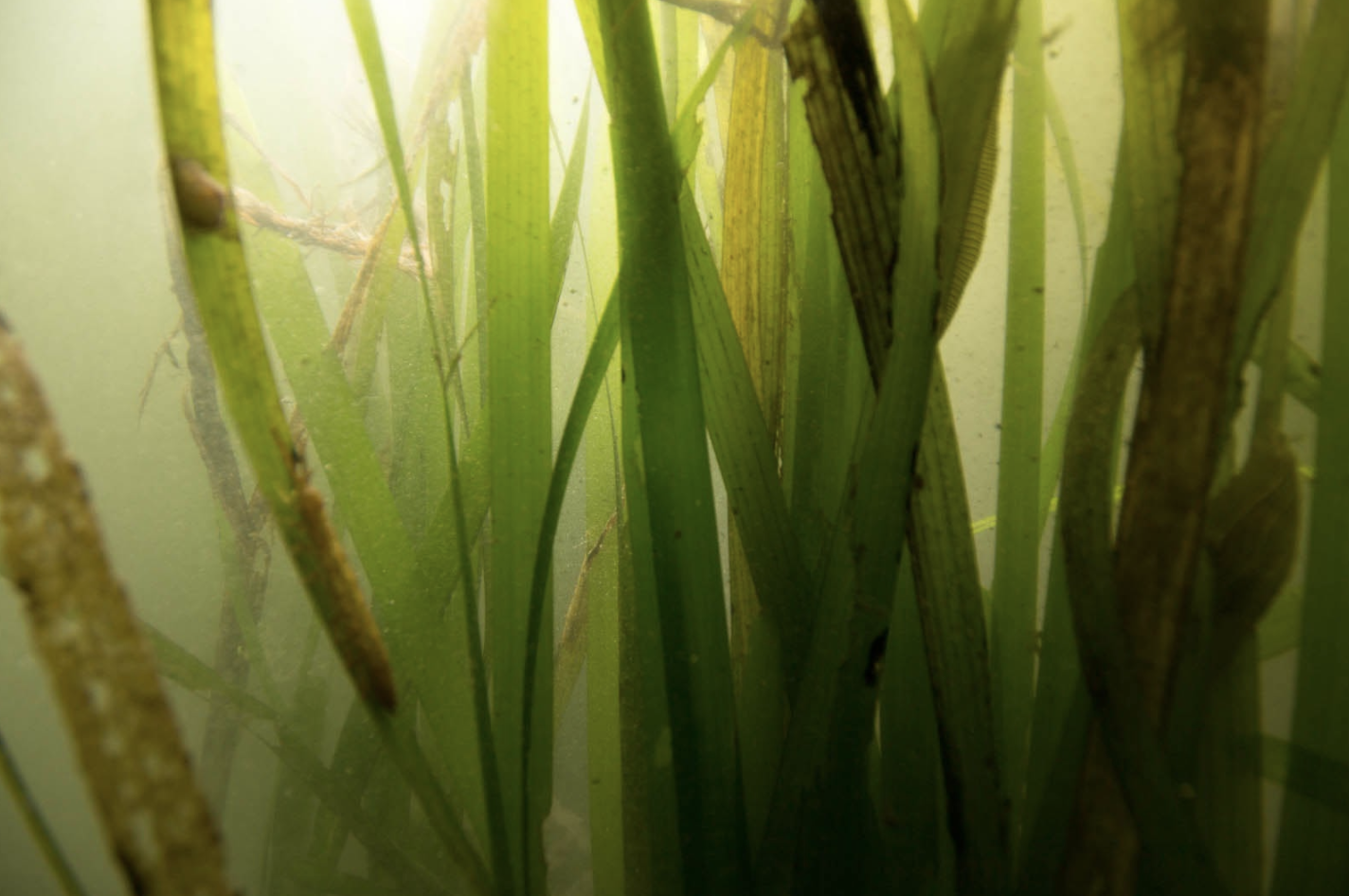We're excited to share that SeaDoc will fund four new research projects this year–all carefully reviewed and selected by our Scientific Advisory Committee and made possible thanks to SeaDoc Society donors. In a moment when science funding is tenuous, we feel privileged to help make this important work possible. We hope you do, too.
SeaDoc strives to fund projects that meet the criteria most often associated with having a positive conservation impact, meaning this work won't simply produce papers, but ultimately change the way we understand and manage the Salish Sea. Two of the funded projects were part of our dedicated Tribal and First Nations grant program.
The projects range from a novel process for planting eelgrass, clam gardens as a tool to combat climate change, biological monitoring of Dungeness crab, and the relationship between acoustics and behavior in Southern Resident Killer Whales.
Read about each of the funded projects and their recipients below.
Testing a New Way to Restore Eelgrass
By Eric Heupel
Led by Paul Andersson, San Juan Islands Conservation District
Eelgrass is vital to the health of the Salish Sea and the planet, providing habitat, improving water quality, and supporting both wildlife and people. But in the San Juan Islands, eelgrass is disappearing. This project will test a new method for restoring eelgrass called Bivalve-Facilitated Seeding, where eelgrass seeds are attached to native cockles. As the cockles burrow, they help plant the seeds in the sediment. This method may improve seed survival as the cockles aerate and remove sulphur from the soil. Researchers will compare this approach with other eelgrass planting methods and study which works best and is most cost-effective.
Can Clam Gardens Help Clams Survive Climate Change?
Led by Dan Sulak, Swinomish Indian Tribal Community
Clams are an important food and cultural resource for the Swinomish Tribe, but climate change—especially extreme heat episodes—is putting them at risk. To help protect clams, the Tribe has revived a traditional practice by building the first modern clam garden in the U.S. This project will study how well clam gardens protect clams from heat by tracking temperature in the sediment and water at the garden and a nearby beach. Researchers hope to learn whether these gardens create cooler conditions that help clams survive and thrive, and how those conditions change with the seasons.
Tracking Dungeness Crab to Support Smarter Management
Led by Liz Tobin, Jamestown S'Klallam Tribe
Dungeness crab is a valuable and culturally important species in the Salish Sea, but managers don’t have enough data to track how crab populations are changing. This project, led by the Jamestown S’Klallam Tribe and other partners, will collect year-round data on crab size, sex, and shell condition in the Eastern Strait. The goal is to better understand crab molting and how it’s affected by things like depth and temperature. The results will help determine if current fishing closures are timed right to protect crabs during vulnerable molting periods and ensure healthy crab populations for the future.
Linking Acoustics and Behavior in Southern Resident Killer Whales
Led by Michael Weiss, Center for Whale Research
Southern resident killer whales use specific areas for key behaviors, including socializing and foraging. Our understanding of southern resident habitat use outside of their core habitat is primarily based on data from passive acoustic monitoring, which cannot currently provide information on whale behavior. This significantly inhibits our ability to determine what coastal areas may be key for protecting this population. This project will combine acoustic and behavioral data to create statistical models capable of determining killer whale behavior from hydrophone recordings, which can then be used to identify behavioral use of habitat from acoustic recordings.



